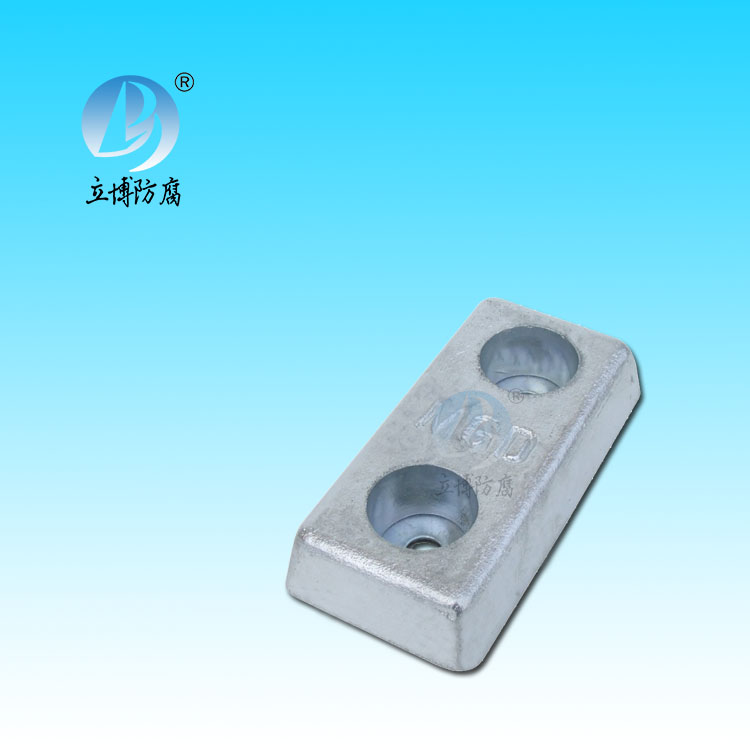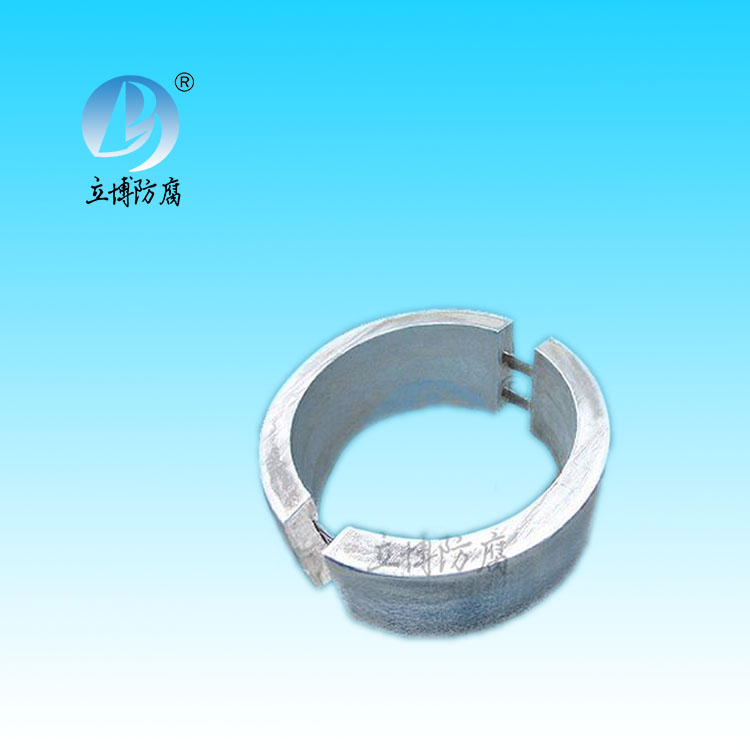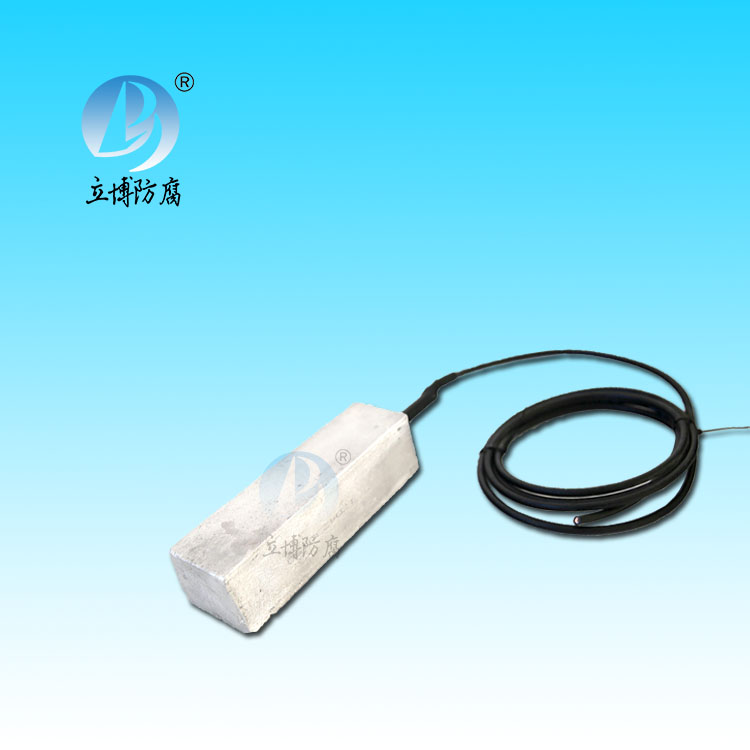News
News
- What is a sacrificial anode
- Basic requirements for reference...
- What does the reference electrode do...
- Why are zinc blocks attached to the ...
- What is the principle of impressed...
- What material does metal structure...
Contact
Phone:18739187123
hotline:0391-7588881
E-mail:970512272@qq.com
Address:Wuzhi County, Jiaozuo City, China
Company News
Stripping of barrier layer and anodized aluminum film
- Author:Libo
- Source:wwww.hellobodies.com
- Date:2021-06-11
- Click:0
When the anodized aluminum is electrolytically colored, hydrogen ions discharge at the cathode on the barrier layer of the anodized aluminum film. As mentioned above, as long as metal deposition occurs, the subsequent discharge of hydrogen ions takes place on the precipitated metal. The research shows that the barrier layer of anodic oxidation film of aluminum is composed of semiconductor compounds. Hydrogen ion through the semiconductor oxide, diffusion to the oxide film below the base metal aluminum and discharge.
As the hydrogen ions discharge, the atoms recombine to form molecular hydrogen, and the volume increases by more than 10 times. Since the hydrogen has no way to escape, the pressure must gradually increase until the barrier breaks and the gas escapes. The anodic oxide film of aluminum generally spels off with a roughly circular appearance, and the base metal aluminum also has conical damage.
The stripping of anodized aluminum film is not a defect of anodized aluminum, but only occurs during electrolytic coloring.
The migration rate of metal ions and hydrogen ions, the migration rate of hydrogen ions is about 10 times that of normal metal ions, which means that the hydrogen ions reach the bottom of the micropore much faster than the metal ions, and obviously a so-called stripping of the oxide film occurs. However, if ac voltage is used in electrolytic coloring, the occurrence of oxide film peeling can be greatly reduced. At this point, as a result of the action of a certain frequency and voltage, the aluminum ion in anode oxidation membrane pores in micro vibrating back and forth between the bottom of the hole and the outside electrode, thus reducing the high hydrogen ions migration rate, reduce the chance for hydrogen ion discharge priority, the number of hydrogen ions reach the bottom of the microporous compared with metal ions are greatly reduced. In addition, it should be noted that once there is enough metal deposit at the bottom of the micropore, it itself acts as a barrier for hydrogen ions to pass through the aluminum anodic oxide film barrier, and plays a role in preventing the aluminum anodic oxide film from stripping.
Therefore, at the initial stage of electrolytic coloring, the current density needs to rise slowly in order to facilitate preferential metal precipitation. Schematic diagram of oxidation film peeling at the bottom of micropore during electrolytic coloring. In the above micropores, hydrogen ions discharge through the barrier layer, creating conditions that are prone to the stripping of anodic aluminum oxide film. In the middle micropore, only the discharge of metal ions is indicated, and the damage of the barrier layer is minimal. In the micropores below, the metal has been deposited at the bottom of the micropores, thus preventing hydrogen ions from passing through the barrier layer, and the conditions for the stripping of the anodized aluminum film no longer exist. In fact, the use of ac voltage, coupled with a slow rise in voltage (i.e., "soft start"), can effectively prevent the danger of anodized aluminum film stripping.
In normal dc electrolysis coloring, when the current density exceeds a certain value, the metal ions precipitate from the cathode surface faster than the ions diffuse into the micropores from the solution.As a result, the concentration of the electrolyte near the cathode decreases and a certain concentration gradient is formed, which impedes the uniformity of metal precipitation.







 客服QQ
客服QQ